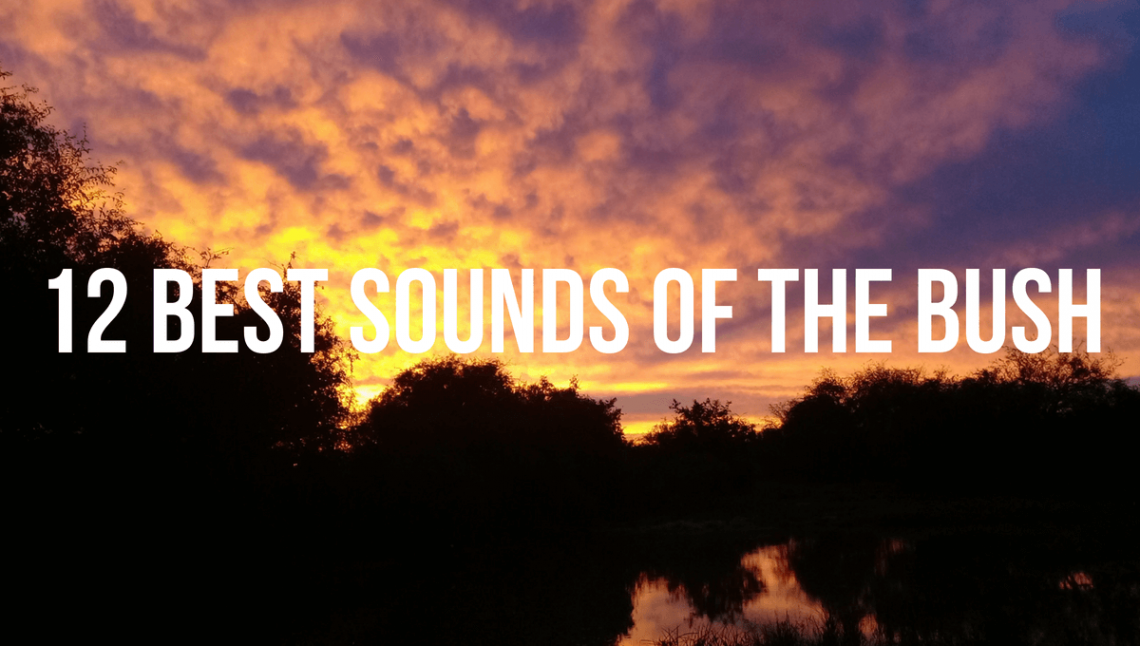Journeying into the bush, across South Africa, isn’t only about seeing wild animals in their natural habitat – it is about the whole ecosystem and the plant life and biome which are the foundation of the habitat, it is about spending time with loved ones to create special memories and to get away from the bustle of the city, and it is also about experiencing the bush, undisturbed by man, and listening to the music of nature. Thinking back on wonderful times spent doing just that inspired this list of the 12 best sounds of the bush:
Crackling Fire
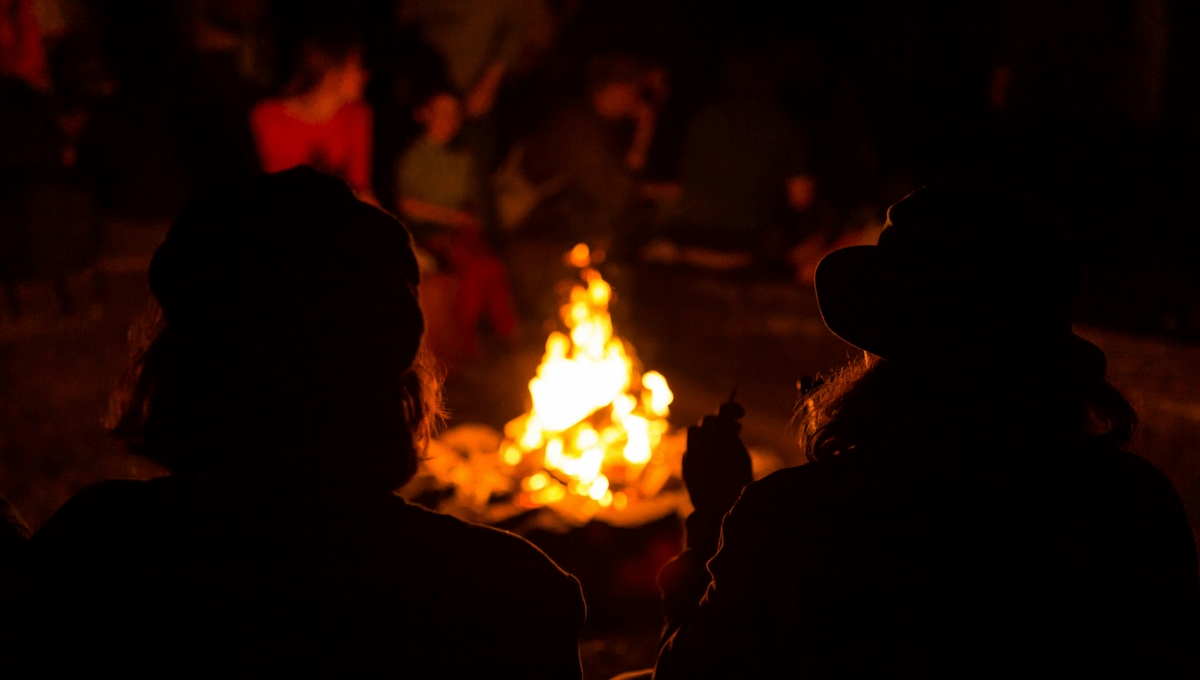
How peaceful the sound of flames licking wood, while you get comfortable in a camping chair around the boma, is. At the start of the breakaway, it signals relaxation and at the end of one, the feeling of being grateful to have spent time in the veld. Crackling logs and shifting embers are the perfect background noise to families talking and laughing by the glow of the fire – this sound holds a special place in our hearts.
Spotted Hyenas
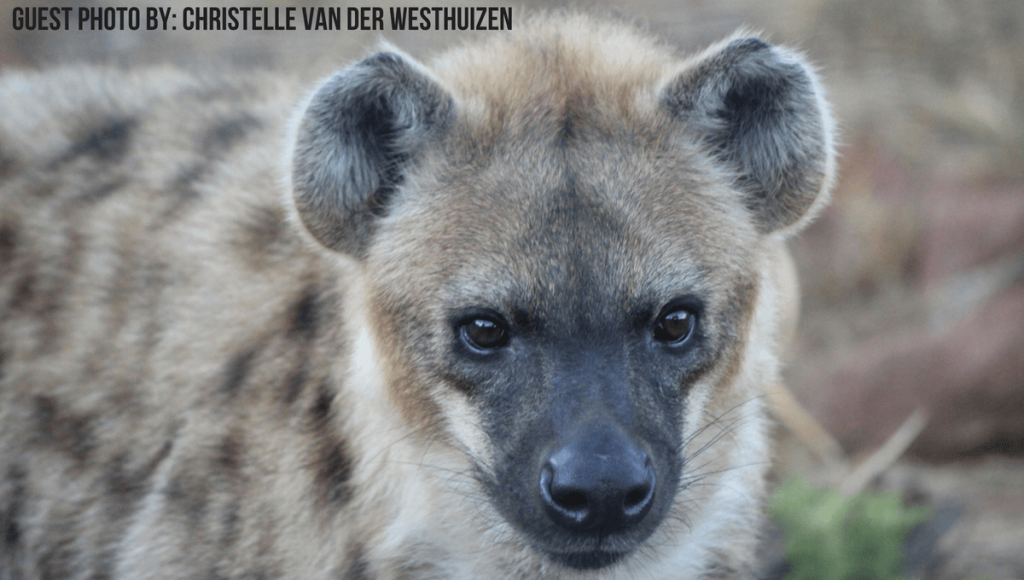
There are few sounds as distinctive as a hyena laughing, a sort of odd high-pitched giggling that makes us picture a certain animated version of this creature, depicted as rather silly in a favourite children’s film about lions. But hyenas are actually rather intelligent and communicate using a number of sounds – some of which you may encounter while in the bush. The loudest of these sounds is laughter, which normally signals distress of some kind, and a whooping noise used to gather the clan. Hyenas also grunt and growl at one another.
Thunder and Lightning
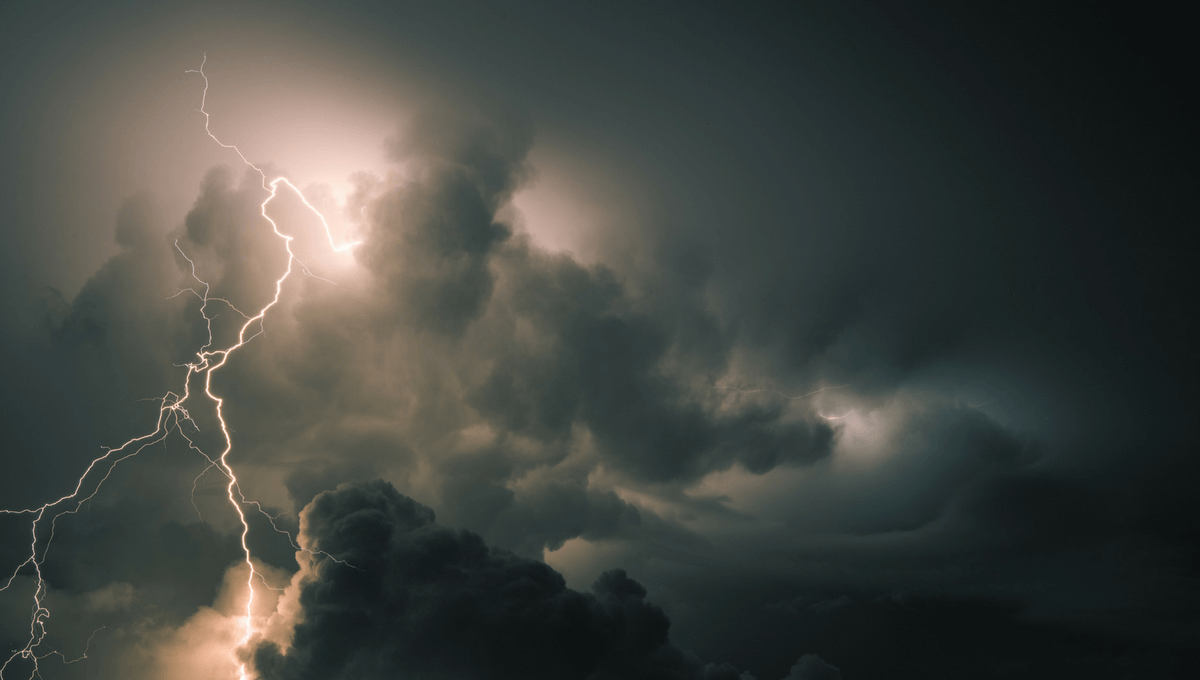
This just had to make the list. A thunderstorm swallows up the land, engulfs the sunshine, and pours down on the bushveld. A chorus of thunder and lightning, accompanied by the pitter-patter of large water drops smacking the ground starts and finishes within an instant. How incredibly powerful and dramatic these storms are, nourishing the bush and settling the dust before giving way to bright blue skies and crisp, fresh greenery to behold.
Hippopotamus
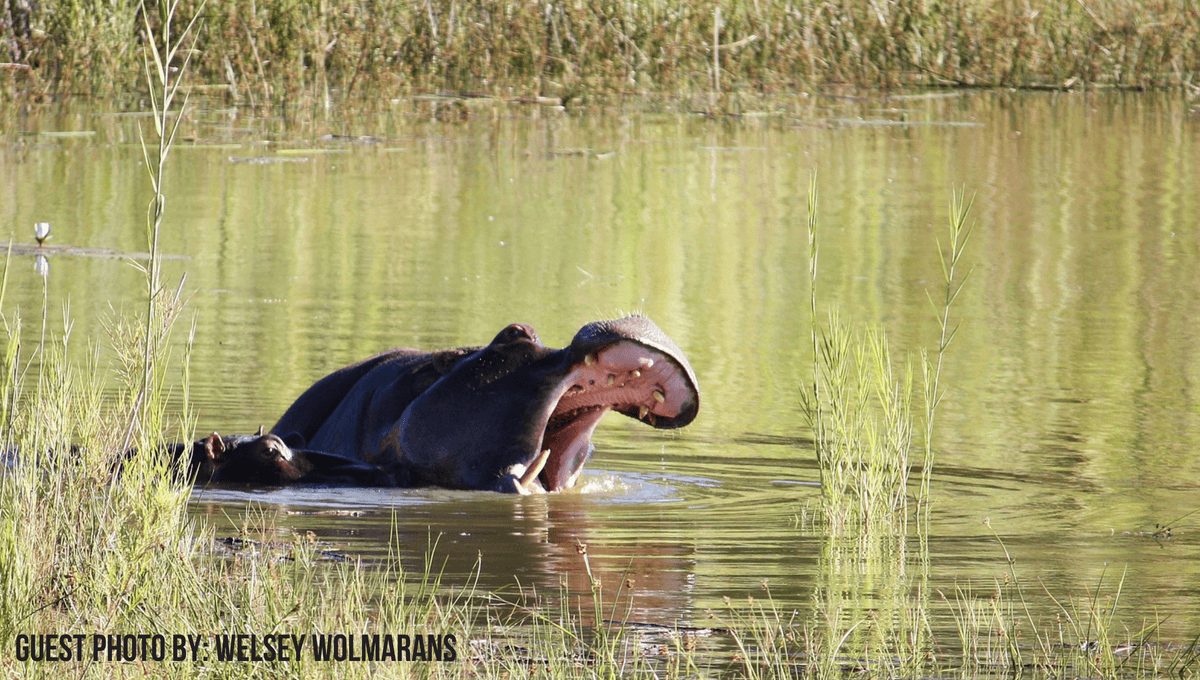
Hippo’s are incredible creatures and can communicate above and below water simultaneously to determine territorial grounds and locate other members of the pod. Hippos send sound through their nostrils above the water, as well as vibrations through a fatty deposit on their necks below, while receiving messages above water using their ears, and absorbing the vibrations below water through their jaws. Most commonly heard are the bellows hippo’s make while splashing around in the water, another great sound of the bush.
Beetles and Crickets
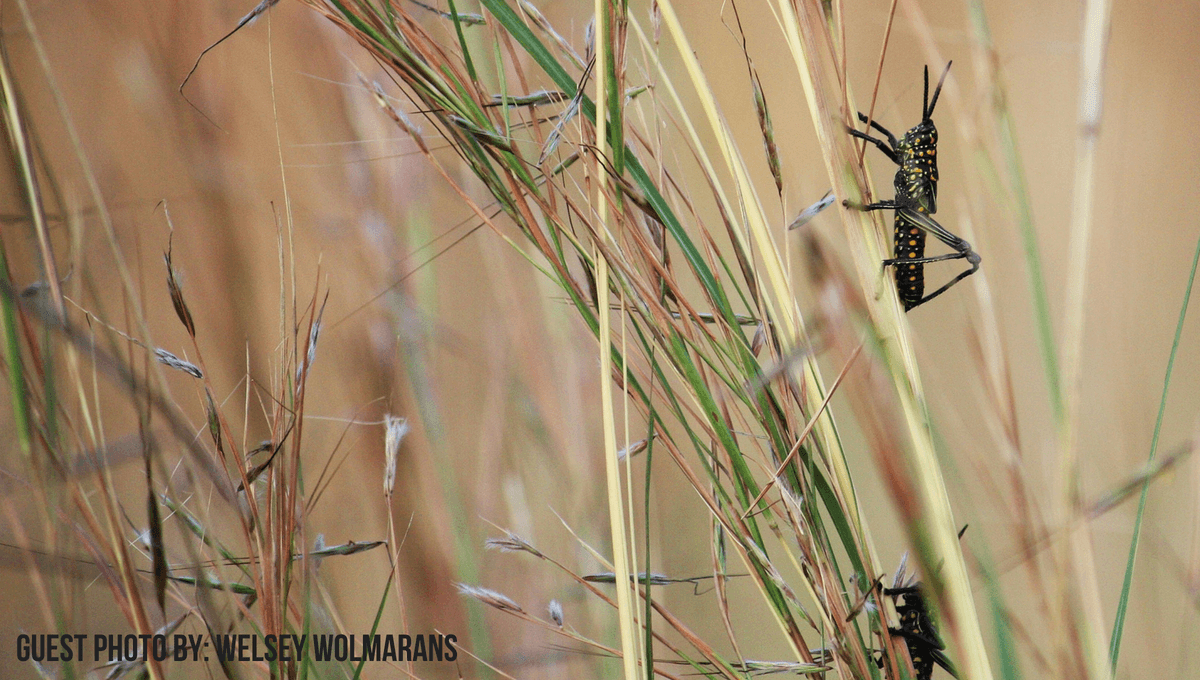
Buzzing, chirping and stridulating of beetles and crickets – these sounds arrive with the setting of the sun, as the cool night air and twinkling stars envelope everything. It is lovely to sit in absolute stillness, if only for a few moments, to hear the insects of the bush rise from the grass and communicate with one another across vast distances. Many of these insects create these fascinating chirps by rubbing their legs together at different rates.
Birds
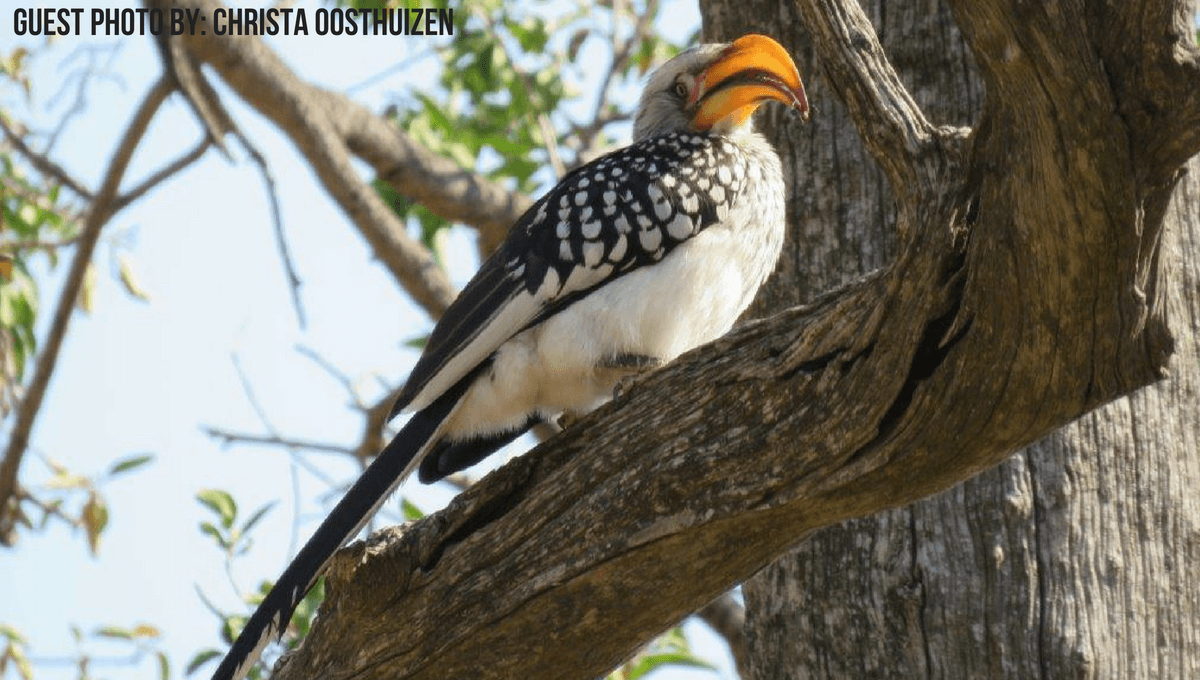
The sound of birdsong gently wakes you from sleep while on holiday, and unlike the harshness of an alarm, this sweet song is welcomed at the start of the day. When in the bush, a variety of bird sounds and chattering can be heard at different times of the day – a Fish Eagle soaring overhead, a hornbill startled from the road or an owl waking for the night.
Jackals
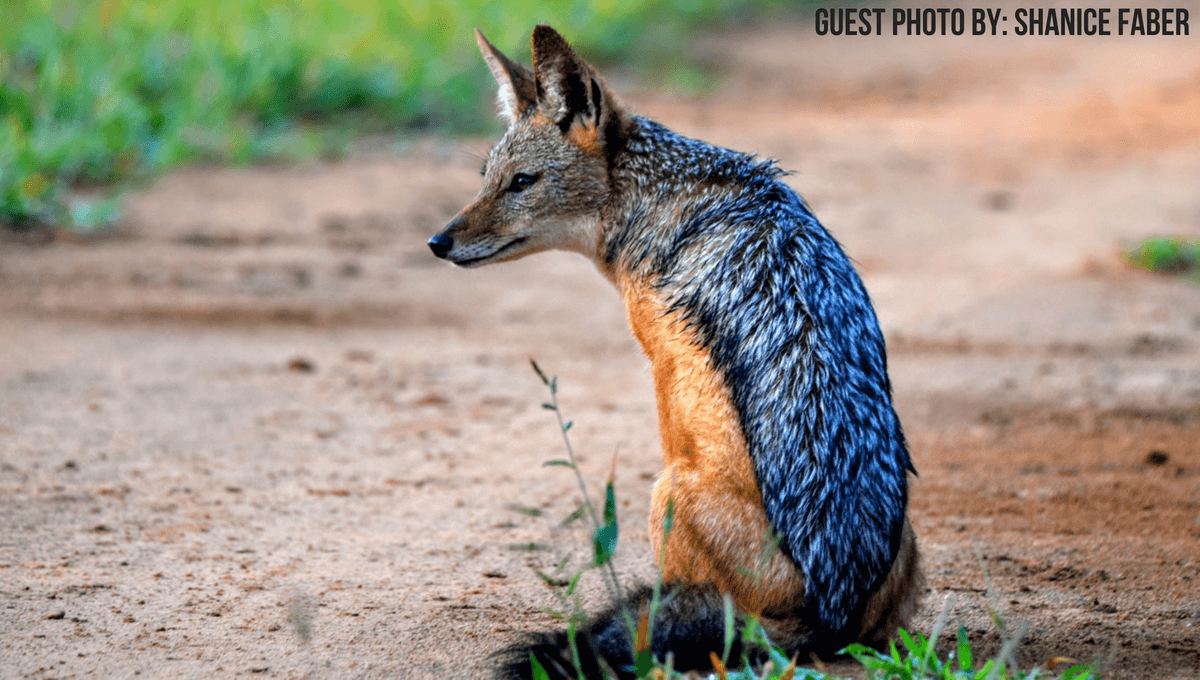
Jackals produce a loud call that breaks through the silence in the evenings as we sit about and chat, causing everyone to shush and listen carefully. Jackals bark and howl to communicate, piercing the cool night air. Their calls are used to communicate with mates, as well as other jackals in the area and can be used to signal territories.
Elephants
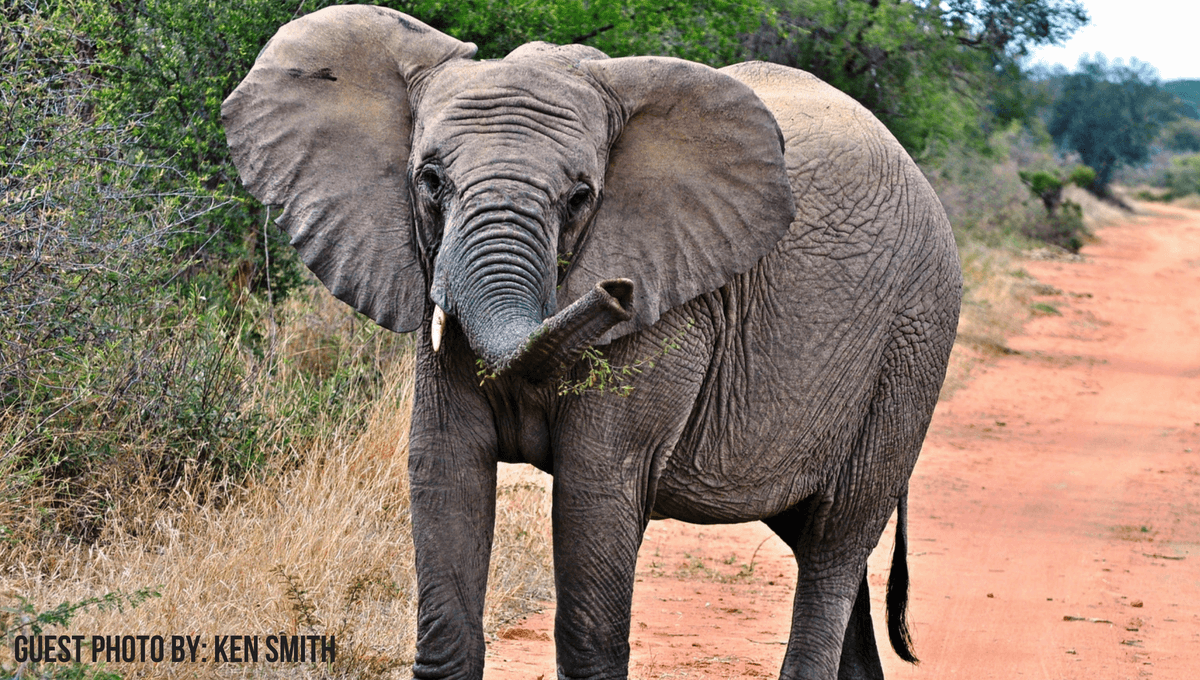
For the most part, the sounds we hear when in the presence of elephants are those of snapping branches and ears flapping to cool down in the heat, but elephants have a unique set of sounds you might be lucky to hear once in a while. Elephants trumpet to express emotions of distress, or joy if they are engaged in play. These creatures can also roar to intimidate unwelcome visitors. Mostly, however, elephants will communicate through vibrations in the ground and can sometimes rumble so loudly that the noise can be faintly heard.
Lion Prides
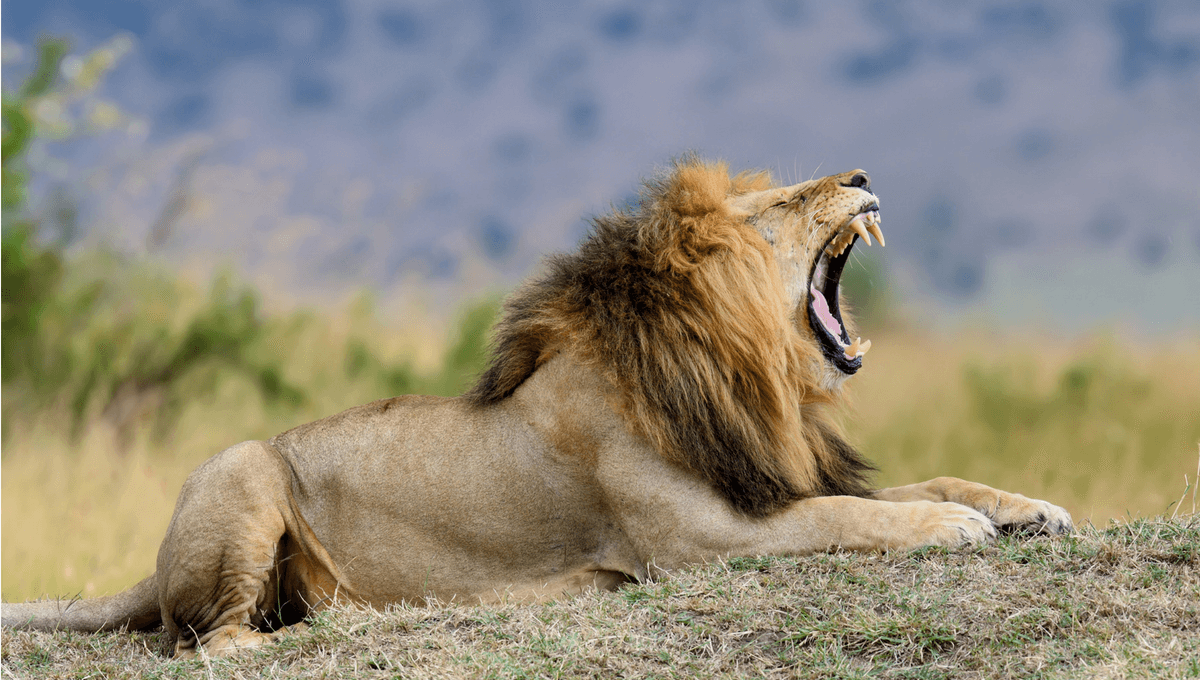
A roaring lion or lioness in the dead of night can be frightening and awe-inspiring. Their call echoes far and wide and the sound can travel up to 8 kilometres. Lions roar to announce their presence to other large cats as well as to stake claim to their territory. Lions can also purr, like domestic cats, only this sound can make the ground feel as though it is trembling!
Impala
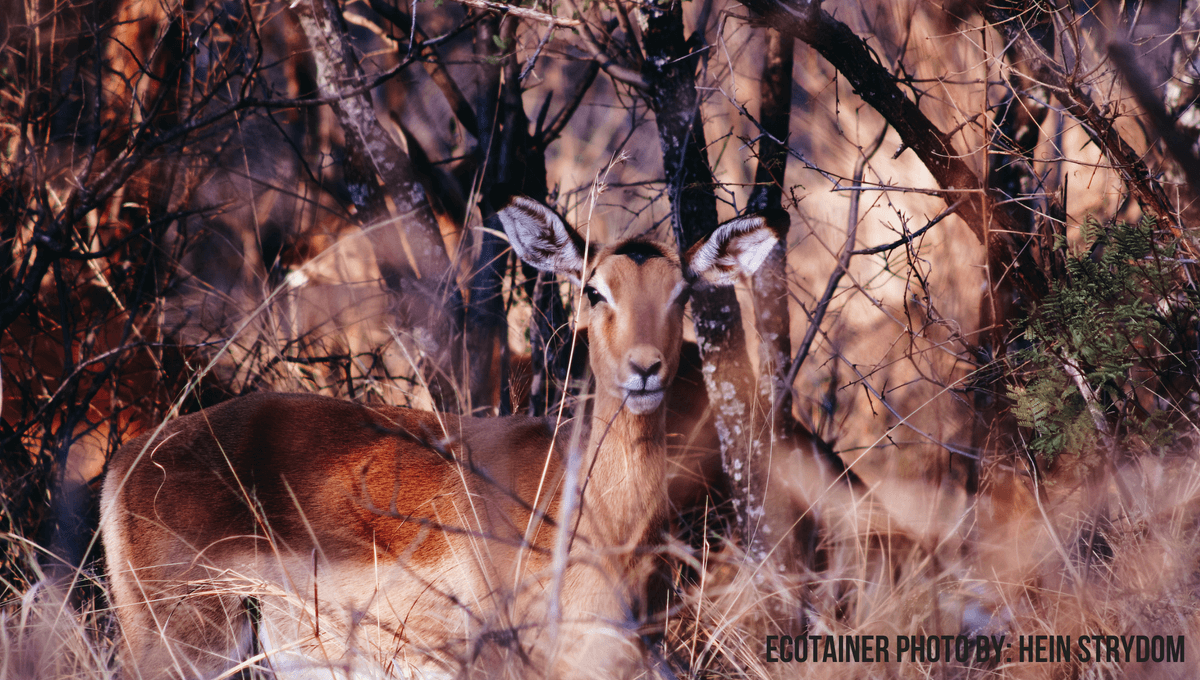
A surprising sound of the bush would be that of an Impala alarm call. An Impala barks to alert others in the herd of danger and this sound can often seem like that a dog would make. Another sound created by these graceful antelope that needs mention is that of them running, or bounding across the plains. They push off from the ground to gain speed, and when a large herd take-off at the same time, their hooves contacting the ground can make quite the noise.
Frogs and Toads
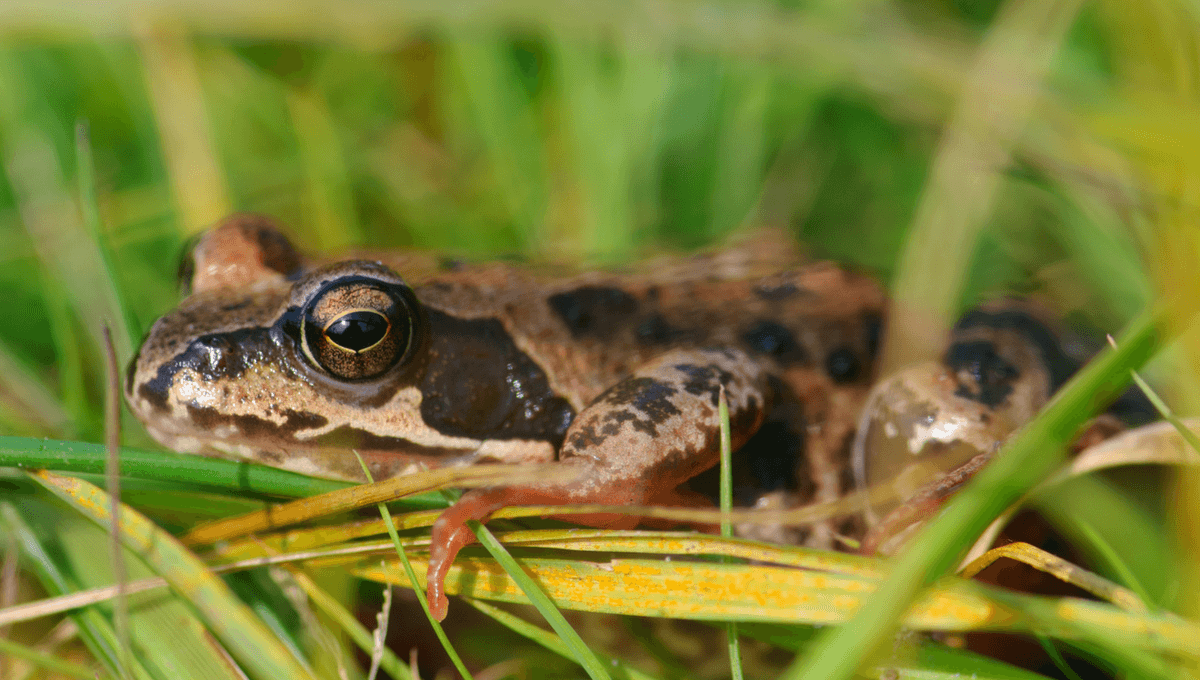
Taking a game drive in the evening can turn out to be a unique adventure, as many animals of the bush appear in the cool protection of the moonlight. Something you may not have noticed while on one of these drives is stopping by a watering hole or river, not for the sights of big cats, but rather to listen to the deafening croaking and chirping of the frogs. Frogs surface at night, when many birds have gone to roost and their music fills the night air to accompany the insects in the grass – a melody of the bush.
Baboons
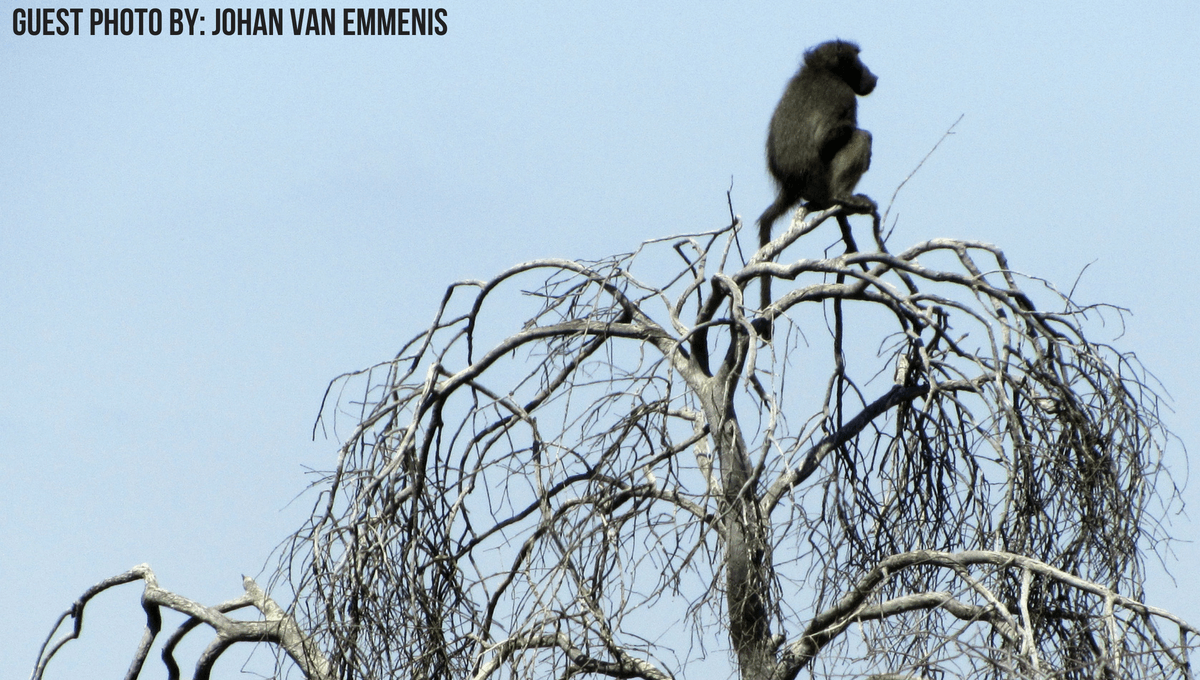
This one sure is a sound that could make you jump out of your skin if you weren’t expecting it! Baboon’s barks travel across the landscape and are a display of dominance and act as a location pin-pointer for others. Baboons make many other vocalisations such as: calling, grunting and howling, but barking, in particular, is the sound we mostly associate with this creature and the bush.
Naturally, every individual would have their favourite from this list of the 12 best sounds of the bush. Having the opportunity to experience any number of these incredible sounds is an absolute treat for many avid bushveld explorers, and we are so lucky to have many of these sounds, and others, to enjoy at Mabalingwe Nature Reserve.

